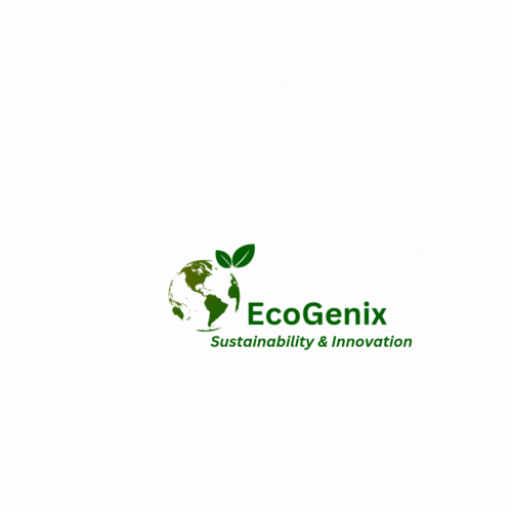Introduction
Climate change is a pressing global challenge that poses significant threats to ecosystems, societies, and economies worldwide. The Earth’s climate is undergoing unprecedented changes, largely driven by human activities that increase greenhouse gas emissions. To address this crisis, it is crucial to understand the complexities of climate change and its far-reaching impacts. This article provides a comprehensive overview of climate change, its causes, and the urgent need for both adaptation and mitigation strategies.
The Basics of Climate Change
Climate change refers to long-term changes in temperature, precipitation, and other atmospheric conditions on Earth. The primary driver of contemporary climate change is the increase in concentrations of greenhouse gases, such as carbon dioxide (CO2), methane (CH4), and nitrous oxide (N2O), resulting from human activities like burning fossil fuels, deforestation, and industrial processes.
Greenhouse gases trap heat in the Earth’s atmosphere, leading to the warming of the planet. This warming contributes to a range of environmental changes, including rising sea levels, extreme weather events, and disruptions to ecosystems.
Impacts of Climate Change
1. Rising Temperatures: Global temperatures have been steadily rising, leading to heatwaves and altered weather patterns. This has profound implications for agriculture, water resources, and human health.
2. Melting Ice and Rising Sea Levels: The warming climate is causing glaciers and ice caps to melt, contributing to rising sea levels. This poses a threat to coastal communities, ecosystems, and low-lying islands.
3. Extreme Weather Events: Climate change intensifies the frequency and severity of extreme weather events such as hurricanes, droughts, floods, and wildfires. These events have devastating effects on communities and ecosystems.
4. Ocean Acidification: Increased CO2 levels not only warm the atmosphere but also lead to the acidification of the world’s oceans. This has severe consequences for marine life, particularly coral reefs and shell-forming organisms.
5. Biodiversity Loss: Changes in temperature and precipitation patterns can disrupt ecosystems and lead to the loss of biodiversity. Many species may struggle to adapt, leading to population declines and overall loss.
Solutions?
1. Sustainable Agriculture Practices: Adapting agriculture to climate change involves implementing sustainable practices such as precision farming, crop diversification, and water conservation. These measures help farmers cope with changing weather patterns, reduce vulnerability to pests and diseases, and enhance food security.
2. Infrastructure Resilience: Developing resilient infrastructure is crucial for safeguarding communities against the impacts of climate change. This includes constructing buildings that can withstand extreme weather events, improving drainage systems to mitigate flooding, and planning for rising sea levels in coastal regions.
3. Water Management: As climate change alters precipitation patterns, effective water management becomes paramount. This involves developing water-efficient technologies, implementing rainwater harvesting, and improving irrigation practices to ensure sustainable water use for agriculture and human consumption.
4. Ecosystem Restoration: Protecting and restoring ecosystems play a vital role in climate change adaptation. Conservation efforts, reforestation, and sustainable land management help enhance biodiversity, maintain ecosystem services, and provide natural buffers against extreme events.
Mitigation Strategies
Mitigation strategies aim to reduce or prevent the emission of greenhouse gases, addressing the root causes of climate change. These efforts are crucial for slowing down global warming and minimizing future impacts.
1. Transition to Renewable Energy: Shifting from fossil fuels to renewable energy sources such as solar, wind, and hydropower is fundamental to mitigating climate change. Governments, businesses, and individuals can invest in clean energy technologies to reduce dependence on carbon-intensive energy sources.
2. Energy Efficiency: Improving energy efficiency in industries, buildings, and transportation is a key mitigation strategy. This involves adopting energy-efficient technologies, promoting sustainable transportation options, and implementing stringent building codes to reduce energy consumption.
3. Afforestation and Reforestation: Planting trees and restoring forests are effective ways to sequester carbon dioxide from the atmosphere. Forests act as carbon sinks, absorbing and storing large amounts of carbon, thus helping to mitigate climate change.
4. Sustainable Land Use Practices: Implementing sustainable land use practices, such as avoiding deforestation, practicing agroforestry, and adopting sustainable agriculture, can contribute to both adaptation and mitigation efforts. These practices help maintain healthy ecosystems and sequester carbon in the soil.
Conclusion
Understanding climate change and its impacts is essential for developing effective strategies to adapt to and mitigate its consequences. The interconnectedness of ecosystems, economies, and societies highlights the need for a comprehensive and collaborative approach on a global scale. Governments, businesses, communities, and individuals all have roles to play in transitioning to a sustainable and resilient future. By combining adaptation and mitigation efforts, we can work towards safeguarding the planet for current and future generations, mitigating the worst impacts of climate change, and building a more sustainable and resilient world.
Article by:
Dr Wayne Tota

Leave a Reply